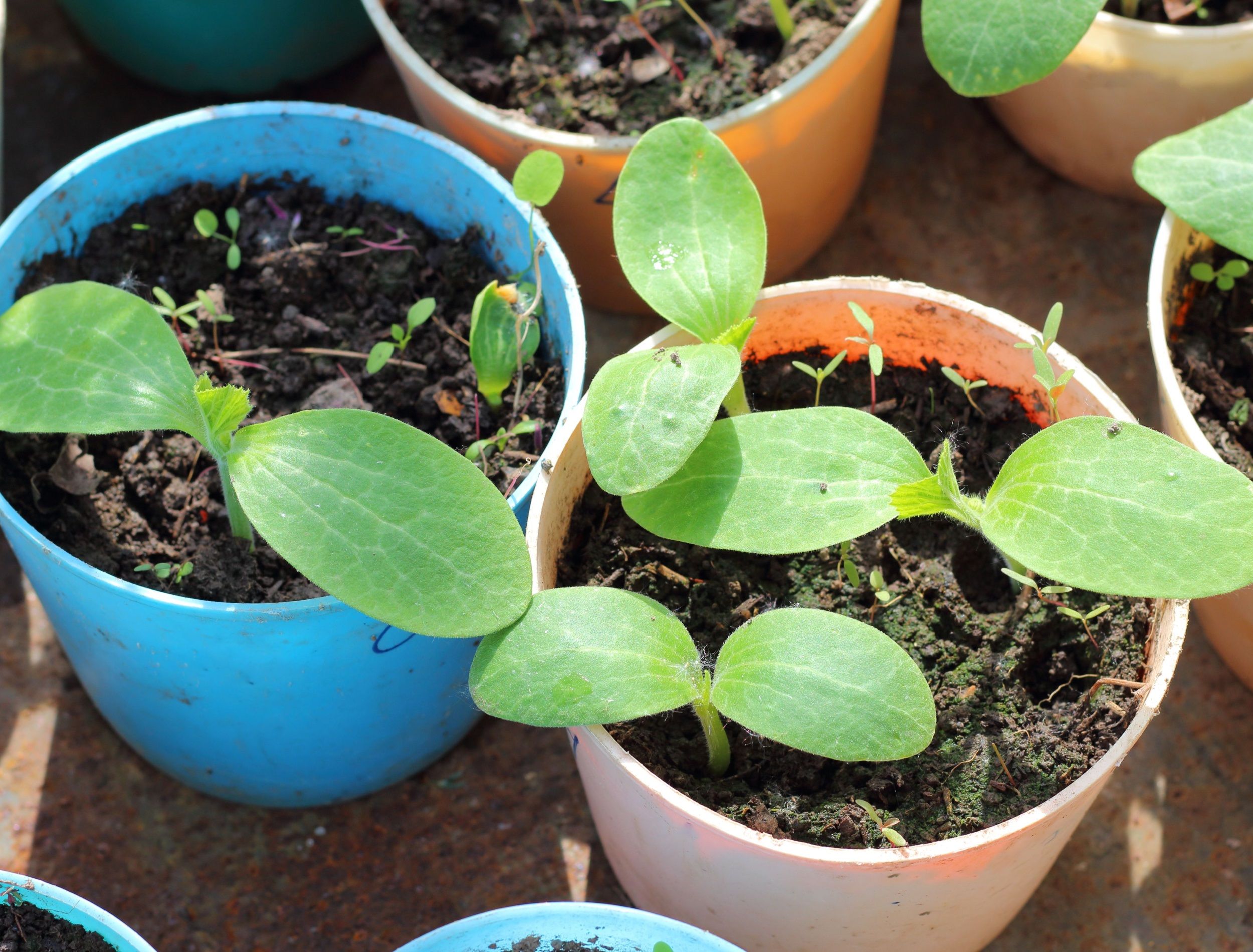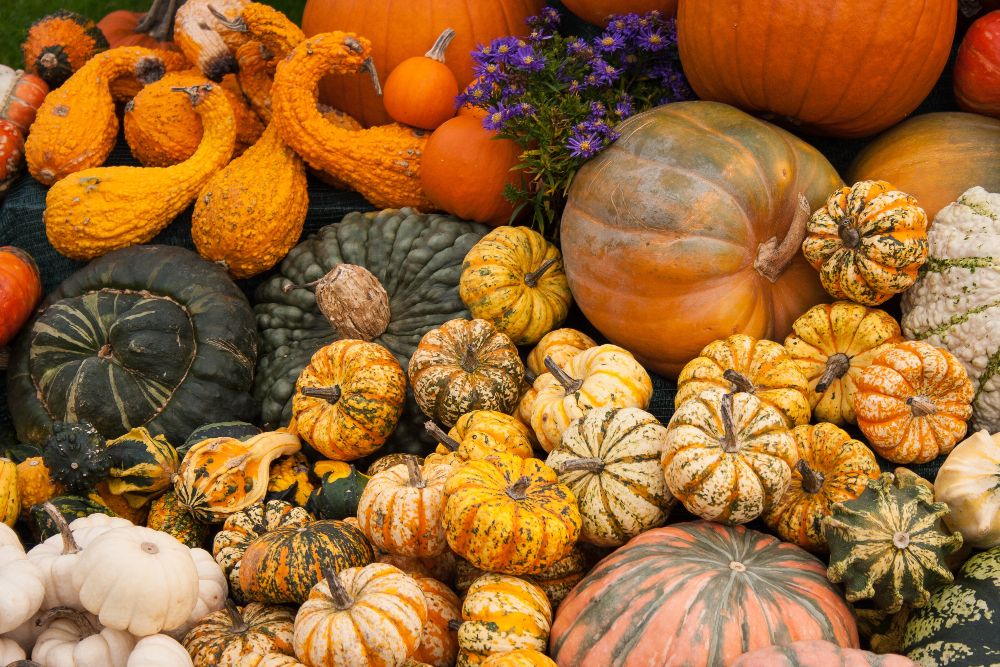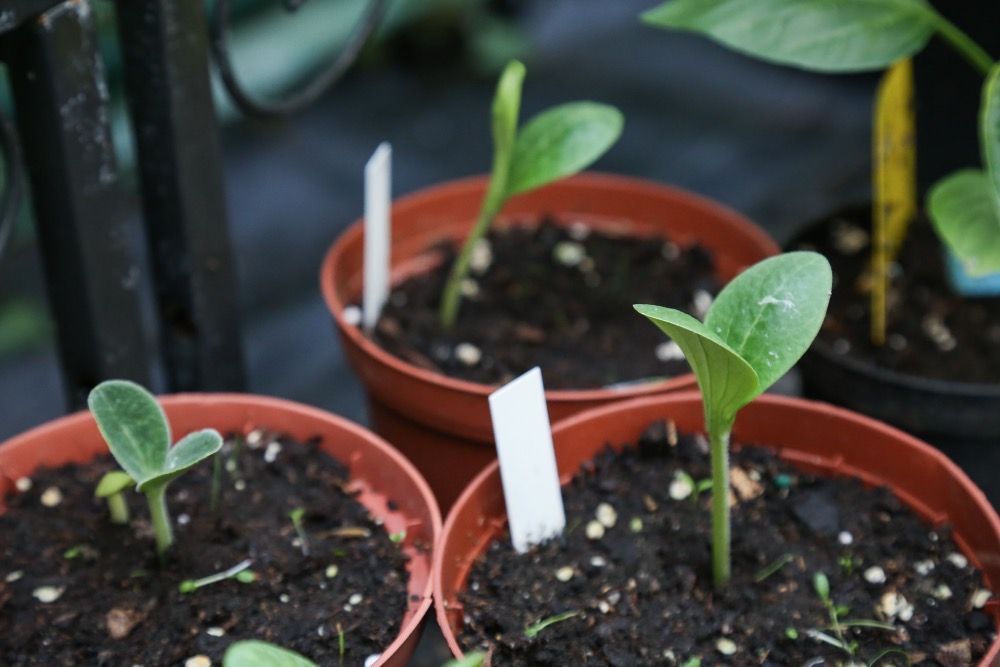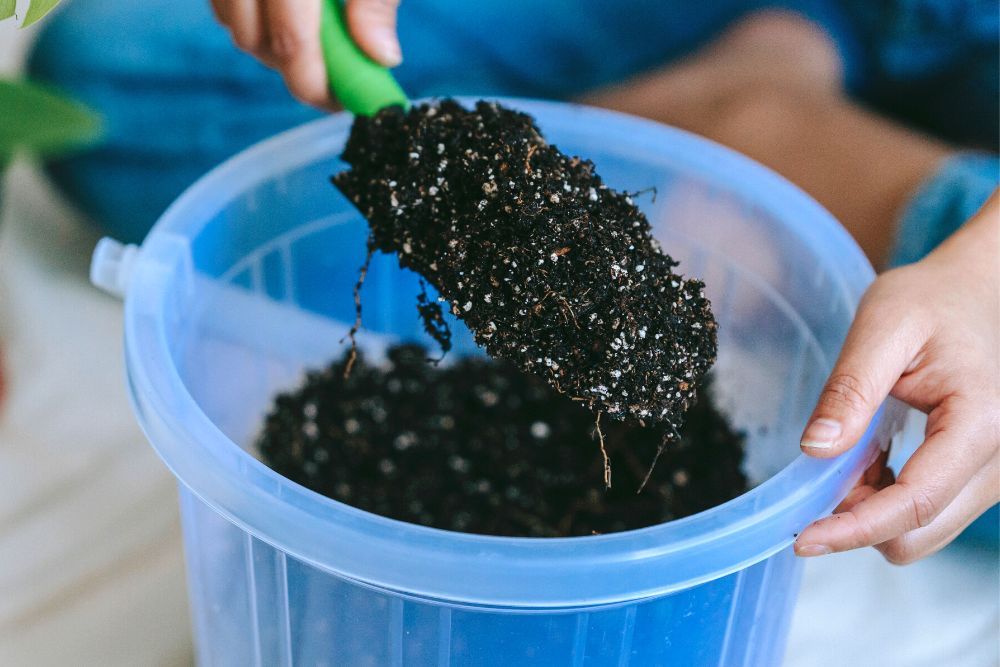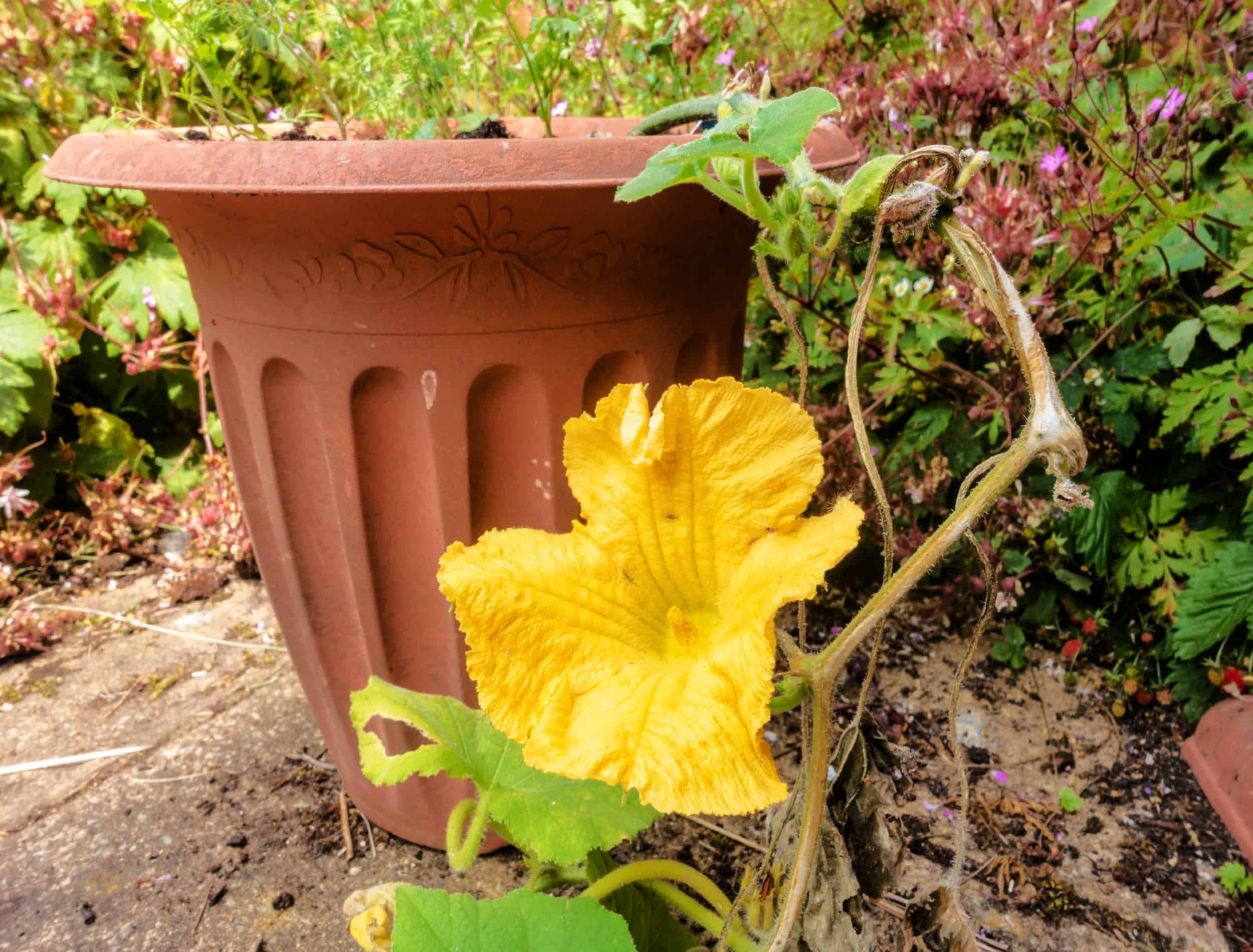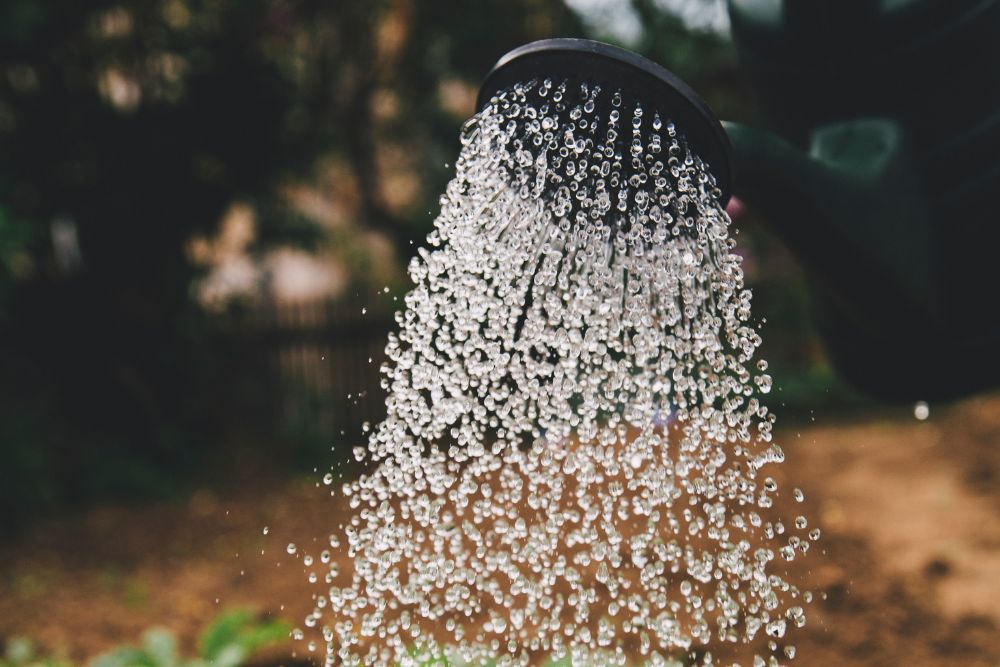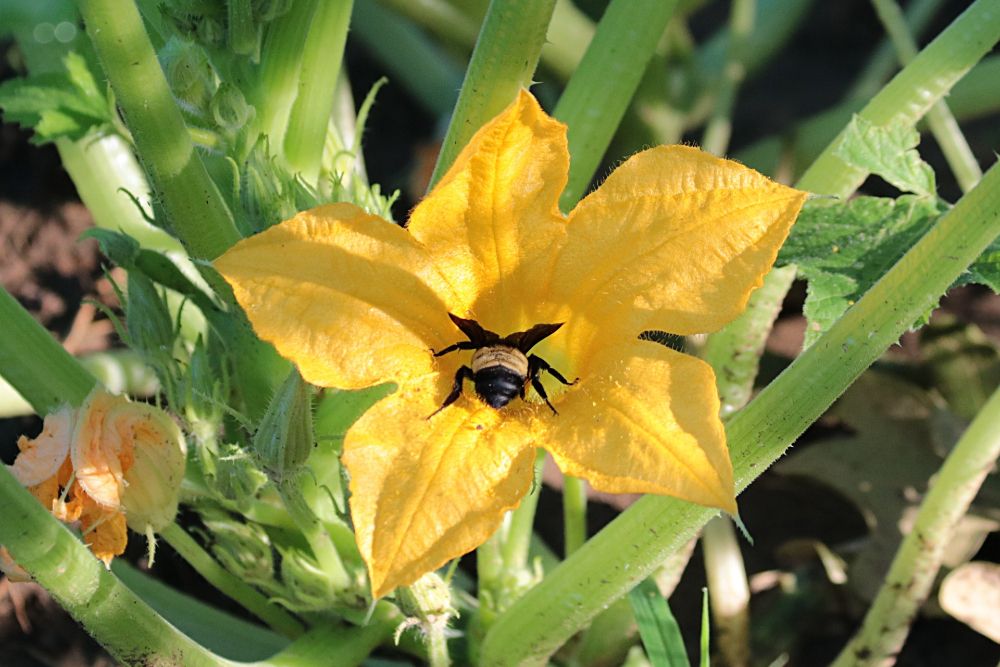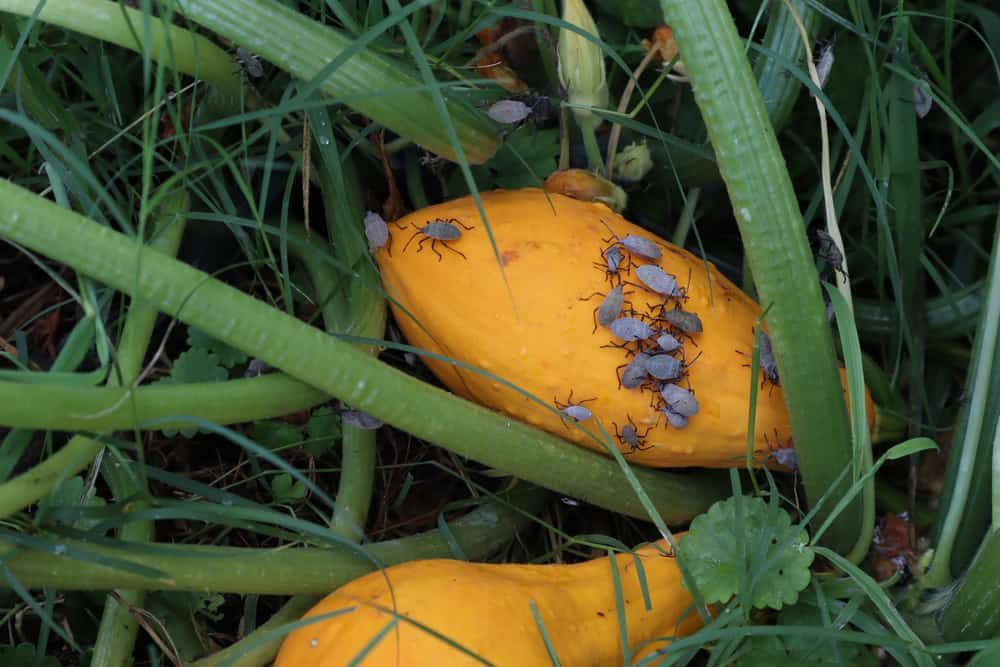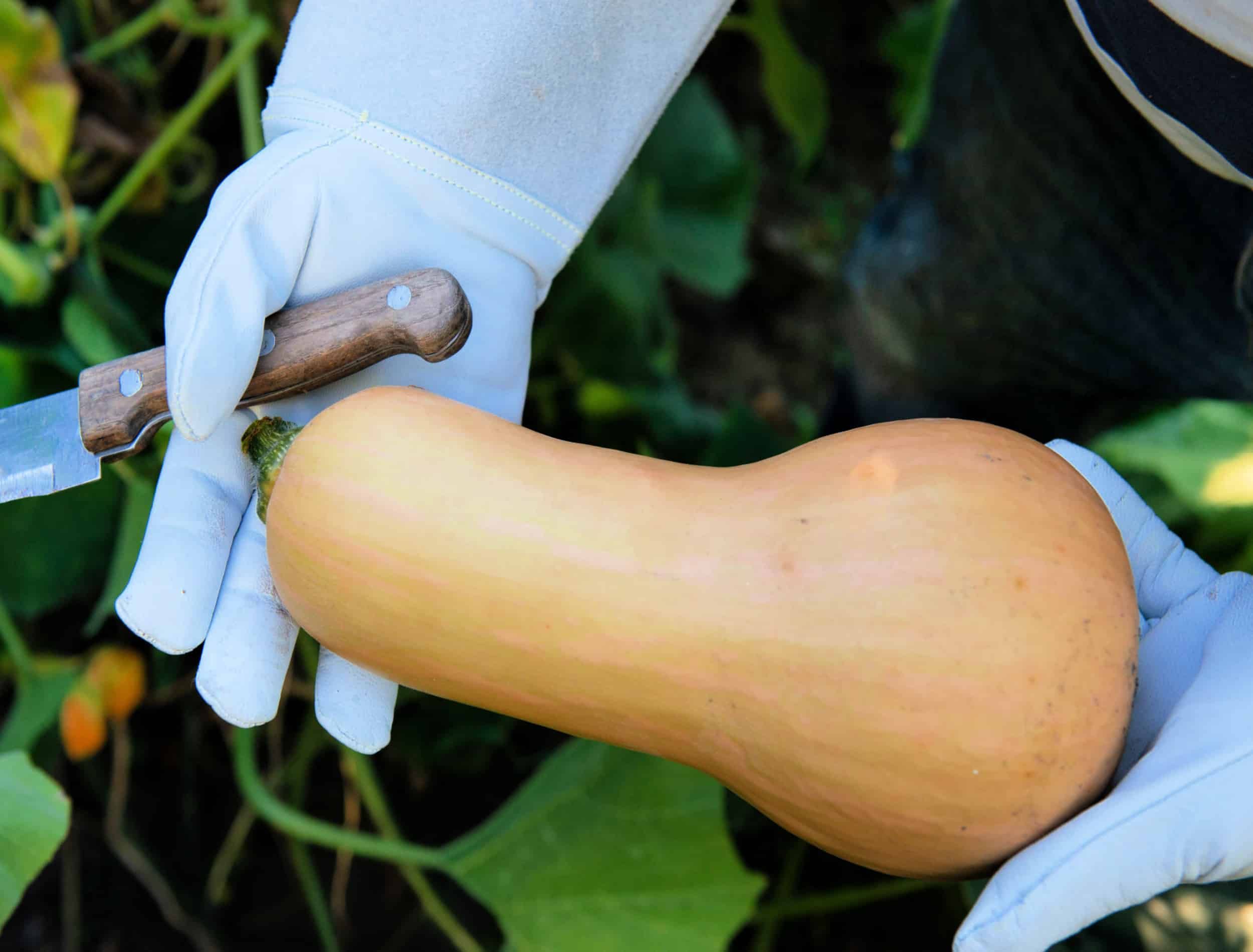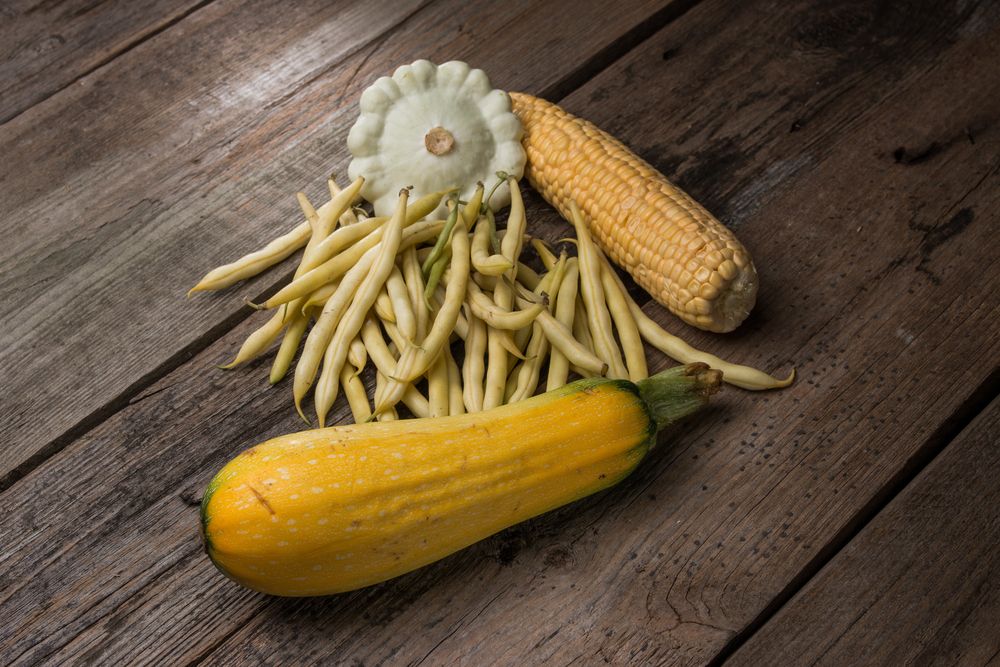Squash is a versatile vegetable with different shapes, sizes, patterns, and colors. It is a prolific crop, whether grown in-ground or in containers. Plan your summer garden this year with your favorite squash variety in a pot, and cultivate this nutrient-rich vegetable at home. These nine tips will help you achieve splendid squash!
Winter vs Summer Squash
Image Credits: Sabine Nolting via Pexels
Although both winter and summer squash varieties require a similar growing environment, there are some differences that you must know.
Summer squash plants are compact and bushy and are eaten as immature fruit when the soft skin can be pricked with your fingernail. You can store them but only for up to a week or two. Popular summer varieties you can grow in pots include zucchini and yellow squash.
Winter squash plants are vining. However, some semi-bush varieties are available for growing in containers. They can be stored for up to six months. They have a longer growing period than summer varieties, giving them harder, inedible skin (except for 'Delicata' and Sweet Dumpling). Acron, pumpkins, and buttercup are common winter squash varieties.
Pick the Right Spot for Containers
Image credits: blumenbiene via Openverse
You will need large containers of about 5 to 7 gallons per plant with a depth of around 11 to 24 inches for growing squash at home. So, you must find the best location for the big containers. Choose a place with good sun exposure (at least six hours of direct sunlight).
Let your imagination and creativity guide you while choosing the type of container. You can repurpose trash bags, whiskey barrels, or 5-gallon buckets to house your growing squash. There's also the option to go with a traditional clay or ceramic pot. The choice is yours!
However, materials like plastic and ceramic will retain moisture for longer hours as compared to materials like terracotta, which means you will not have to water the squash plants as frequently. But keep an eye out for signs of waterlogged soil.
Note: No matter which container you choose, ensure that it has drainage holes to allow excess water to flow out.
Prepare the Soil
Image credits: Teona Swift via Pexels
Squashes grow well in soils with a pH between 6 and 7.5. Provide loamy, well-draining soil for your squash plants. It should be rich in organic matter, so add well-rotted manure or compost into the soil.
As your summer squash begins to flower, side-dress each plant with 1/2 cup of 10-10-10 fertilizer. In the case of winter squash, apply 1/2 cup of 10-10-10 fertilizer when the runners start to spread.
Know When to Plant
Image credits: Matthew Ashmore via Shutterstock
Both summer and winter squash grow in the summer, and cannot survive frost. The best time to plant your seeds in outdoor containers is between late May and early July when there are no chances of frost. The soil temperature to allow germination of the seeds should be around 65 to 70 degrees Fahrenheit. For an early crop, you can start your squash plants indoors from mid to late April and move them outside when the temperatures increase.
Water Is an Important Factor
Image credits: Markus Spiske via Unsplash
Water your plants with at least 1 inch of water once a week. Since the soil in containers dries faster, you may need to check your plant frequently for watering. You can do that by putting your finger in the soil about an inch deep to check if the soil is dry. Also, make sure your container has drainage holes to allow the excess water to flow through, preventing soggy soil.
Watering early in the day is the best practice as it gives the foliage a chance to dry before the heat of the afternoon sun sets in. This helps prevent diseases like scabs and powdery mildew.
Usually, rainwater is the best for container vegetables, but if it is not readily available, use water that is not softened or chlorinated.
Pollination Could Be a Concern
Image Credits: Sheila Brown via Public Domain Pictures
Pollination is necessary for a successful squash crop. But, there could be a shortage of pollinators in a small garden or a residential landscape setting. So, there are two ways of tackling this situation. You can hand-pollinate your squash plants or grow plants in your garden to attract pollinators naturally. Here’s how.
Attracting Pollinators Naturally
If you want to attract pollinators to your garden, grow more plants that can provide food and nesting habitat for these pollinators. For instance, native flowers with different shapes, colors, and sizes often attract pollinators. Note that some cultivars or hybrids do not offer pollen or nectar and hence won't attract pollinators.
Perennials like hyssop and purple coneflower and annuals like sunflowers, cosmos, and marigolds can help attract pollinators naturally to your garden. You should also plant varieties native to your area.
Hand-Pollinating Squash
Every squash plant has both male and female flowers. The male flowers have a stem beneath the flower, while the female flowers have an immature fruit below the flower. First, peel off the petals of the male flower to reveal the anther, where you will see bright orange-yellow pollen grains. Similarly, peel off the petals of the female flower to reveal the stigma.
Now touch the anther to the stigma to transfer the pollen grains from the male to the female flower. You can also use a paintbrush to pick up the pollen grains from the anther and transfer them to the female stigma. One male flower can pollinate several female flowers.
Protect Squash Crop From Pests
Image credits: Gina Santoria via Shutterstock
Aphids, spider mites, and squash bugs are common pests that affect squash plants. You can use insecticides, especially those made to control aphids. Hand-picking the insects is also an option, or you may use a stream of water to wash them away. Always spray insecticides in the evening or late in the afternoon to prevent killing pollinators like bees.
You can also handpick insects like squash bugs and vine borers. Also, it is best to discard the plant residue after harvest to prevent an infestation of pests.
Know When to Harvest
Image credits: Khorzhevska via Shutterstock
Winter and summer squash mature at different rates, so you must keep an eye on your plants if you are growing both types. Your winter varieties will mature within 80 to 120 days, while summer varieties grow faster. They will take between 35 to 45 days until they are ready for harvest.
Harvest the summer squash when the fruit grows about 4 to 7 inches long and has soft skin. The more you wait, the harder their skin will get, and they'll start losing flavor. Also, pick summer squashes often to allow more fruits to grow. You can store summer squash for up to four days at a temperature between 45 to 55 degrees Fahrenheit.
In the case of winter squashes, wait until their skin hardens and the stem of mature squash develops a corking. Pick the winter squash with the stem and store them in a warm, dry place with a temperature between 80 to 85 degrees Fahrenheit for 10 to 14 days. This will help harden their skin and heal any cuts and scratches (also known as curing).
After that, you can store winter squash in a dry, well-ventilated, cool place with a temperature between 50 to 55 degrees Fahrenheit. Avoid keeping winter squash near ripening fruits as they release ethylene gas which shortens the storage life of squash.
Try Companion Planting
Image credits: igorsm8 via Shutterstock
Have you heard about the three sisters? The trio of corn, beans, and squash plants together is called "three sisters" as these plants thrive when grown together. Corn provides support to the beans crop, and beans convert nitrogen from the air in a form that plants can use. The large leaves of the squash plant provide shade and deter pests.
Plant one squash seed with three corn and two bean seeds in one container and grow a nutrient-rich garden at your home!
Squash The Gardening Game!
It is time to enjoy fresh, healthful, homegrown squash! If you do not have the space to build a garden, you can still enjoy your favorite variety by growing it in pots. Provide the right growing conditions and hand-pollinate the flowers if necessary.
Have you ever grown squash at home? Share your secret tips in the comments below.

